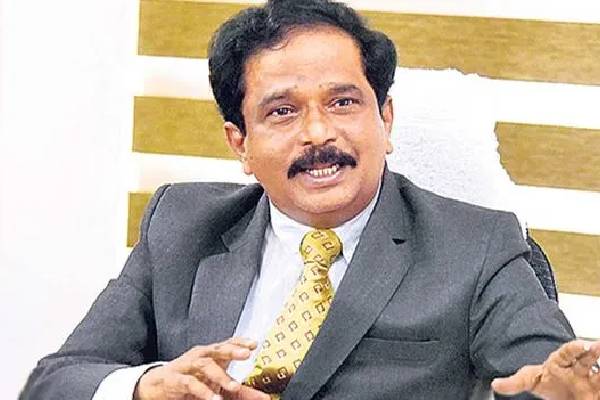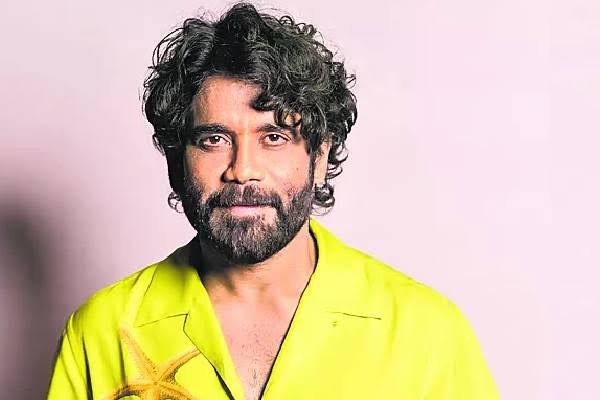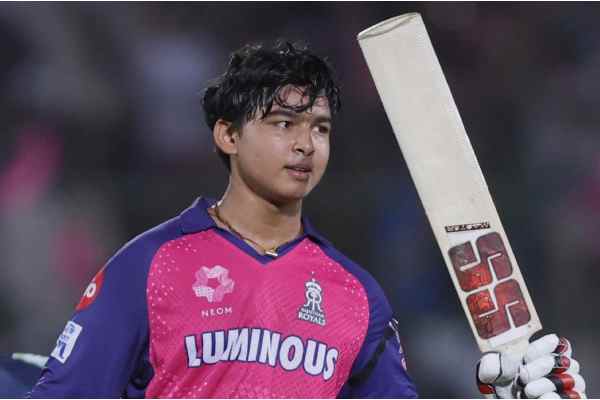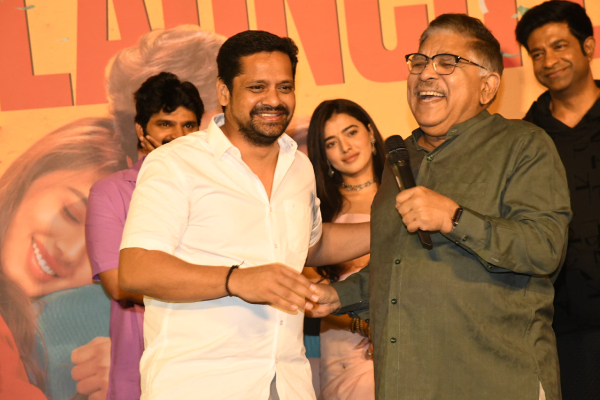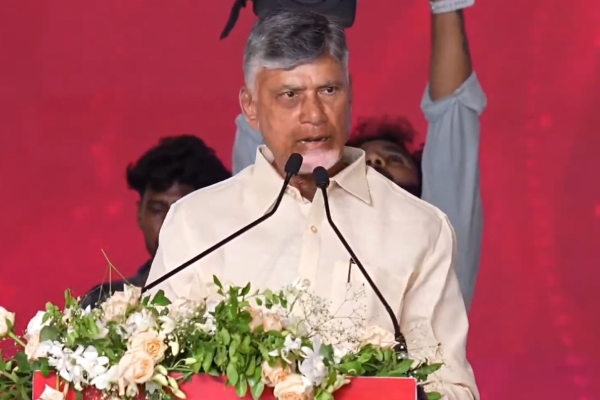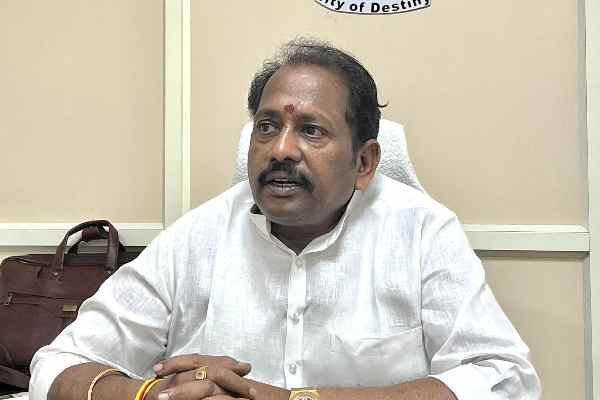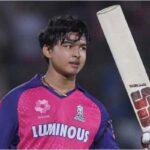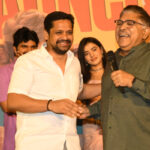Who would have imagined that the newest of the cricket regulations as regards players suffering from a concussion, introduced by the International Cricket Council (ICC), would come into play just days after it was put into place.
The Jofra Archer delivery which flattened Steve Smith, his Rajasthan Royals captain, during the sesond Test match in the Ashes series, led to a replacement by Australia, on the grounds of the concussion law. The substitute batsman was Marnus Labuschagne, who like Smith played a major part in Australia drawing the match against England.
Smith did gallantly return to the crease after his injury, to be finally dismissed. Quite rightly, thereafter, as a precautionary measure, Smith was kept under observation and away from any further participation in the match.
Meanwhile, the Board of Control for Cricket in India (BCCI) for the past three years is administratively going through a heady concussion as well.
The substitute placed by the Supreme Court, the Committee of Administrators (COA) to channelize the cricket body and make it transparent and translucent has not been able to do so as yet. There seems to be a state of complete disarray in every cricket issue that has emanated over the recent months. Whether issues pertaining to doping, selection of a coach and the support staff, conflict of Interest, especially relating to some of India’s legendry cricketers or constitutions and elections to be finalized and held by the State Associations does not give one the sense of comfort as to the way things are at the BCCI. Cricket, which had a structure that kept it in motion in the last few years, is now slowly creeping to a standstill in most State Associations.
A concussion that the BCCI, needs to quickly solve or else it will be detrimental to cricket in India. It took cricket and cricketers nearly 100 years to realize the importance of having protection for the head and for the introduction of a helmet.
The main issue that kept cricketers away from such a protection was the manly immature attitude of “not being a man”, if one even ventured to wear it. A cricketer was looked at as a coward and one who lacked skill and was scared to take “a bonk on the head”.
The other protective gears, such as pads, gloves, thigh guards and the protective box all went through several alterations to make them more effective, whereas, the helmet remained elusive.
Viv Richards, the great West Indian batsman during a recent interview was asked by none other than the Indian captain, Virat Kohli, as to why he refrained from wearing the helmet and his answer of being “a man”, signified how the helmet was perceived at that time.
I did during my playing days, especially for fielding at the suicidal forward short-leg position, realize the importance of protecting myself by wearing a helmet. This naturally came about after being hit on the head on numerous occasions, which in those days was looked at as a humourous incident, with more laughter on the field than worry.
I did do so in a Times Shield match. I ventured into wearing a lighter version of a motor cycle helmet and the legendry journalist, Behram Contractor, known as ‘Busybee’, wrote and published an article mocking it. Well years later, I got my opportunity to remind him about it when a dear friend and cricketer, Raman Lamba succumbed and lost his life to a hit on the head fielding at short-leg. The next day there was an article by him apologizing. So apart from the cricketers, the cricket followers, journalists are all equally at fault for protective gear not to have come into force many years ago.
Batting without a helmet was an important technique that a batsman had to develop as a skill, to ensure that one was not hit on the head. This one did from school cricket onwards, as more than in matches, the danger was more prevalent in the nets while practising.
Over the years one has seen top class batsmen being hit on the head. Even the great Sachin Tendulkar has had his share of hits on his helmet. Maybe, because of the protection a batsman is now more complacent or less agile in avoiding being hit. One was always told in the earlier days to keep an eye on the ball and so on most occasions one swayed and ducked to avoid being hit by either a beamer or a bouncer.
A coach’s normal reaction during practice, if one got hit was – what is the bat for – indicating you should hit it rather than the ball hitting you. The problem today is that a batsman as well as a close catching fielder seems to react to an instinctive movement of turning one’s head away when there is a possibility of being hit.
The helmet and the grill is there to protect the present cricketer and for him it is far safer to keep his head still and take the impact front on. Virender Sehwag, India’s dashing opener said very astutely recently, why are the batsmen getting hit on the neck, he has a point there.
So, the skill of taking a ball head-on or directly on the helmet is what needs to be developed rather than turning one’s head, which one does as a reflex action.
One is happy that the importance of a concussion is an area taken so seriously by the ICC and the cricket world following the game. After all a cricketers life is important and thankfully, the false and stupid bravado of being a man, has been sensibly buried.
One hopes now, that the concussion that is at present gripping the BCCI and the various issues relating to Indian cricket is also finally and quickly put to rest soon.





















